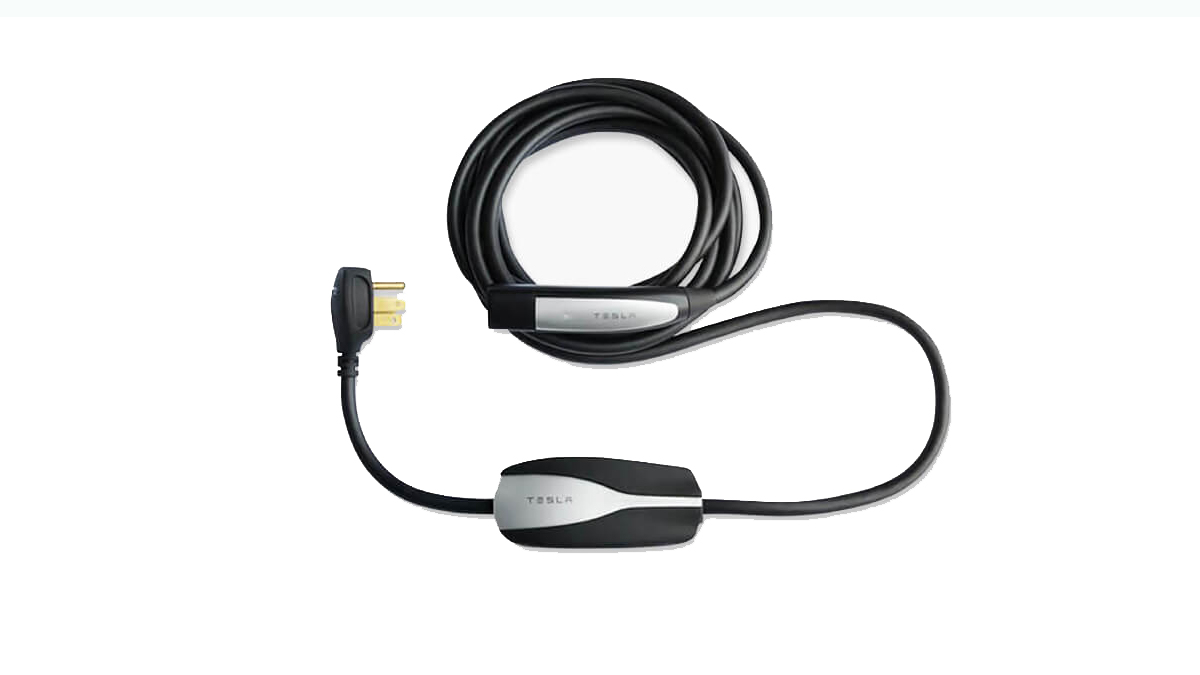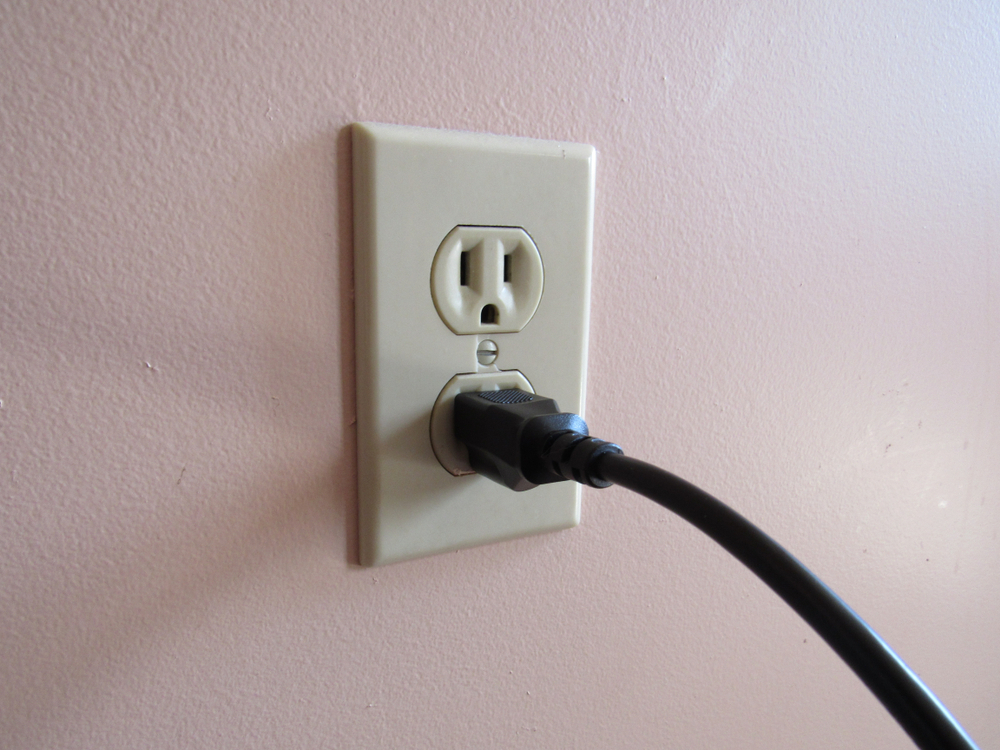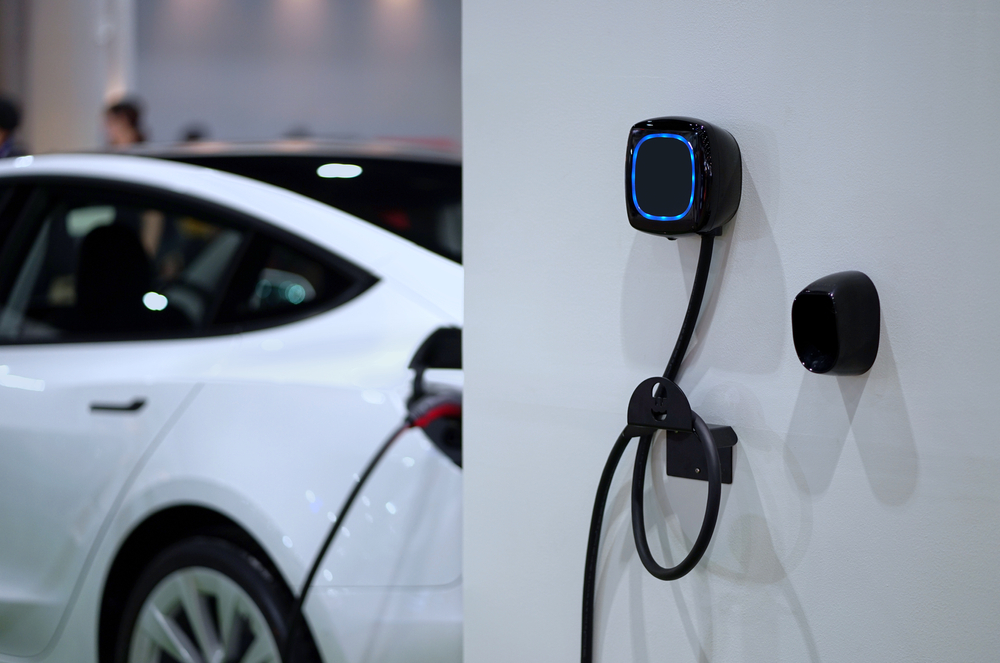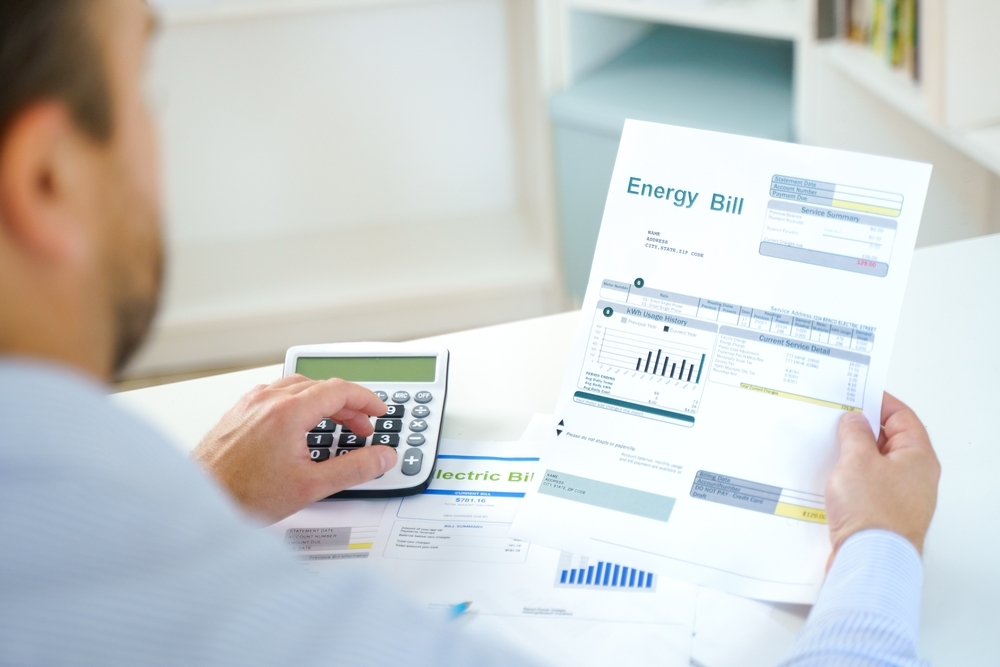How to charge your electric car at home
Here's how to charge your electric car at home, maximizing convenience and cost

It's important to know how to charge your electric car at home. Whenever the subject of EV charging comes up, someone brings up the state of the public charging infrastructure. While having more public chargers is a good thing, the fact is drivers do the vast majority of electric car charging happens at home.
That’s the most convenient and cost-effective way to do it, after all. No more trips to the gas station, finding an electric car charging station near you. You get home, plug in, and you only pay as much as your energy company charges. It couldn’t be easier.
But there are a few different ways to recharge at home, each with their own pros and cons. Here’s how to charge your electric car at home.
How to charge your electric car at home
There are a few ways to charge your electric car at home, which we'll go into now. Firstly, though, it's important to get to know your cables.
While a myriad of gadgets support wireless charging, that technology hasn’t made it to the electric car. So if you want to top up your battery, you’ll need to plug it in with a charging cable. Dedicated EV chargers have their own tethered cables, which makes the process pretty easy, whether you’re recharging at home or out in public. You just plug the cable in and you’re good to go.

But your car will also come with what’s called a mobile charging cable — letting you plug into an ordinary power outlet. One side of the cable has the J1772 plug, which fits into your car, with a standard wall plug at the other end. Somewhere along the cable will be a transformer with charging status lights.
Every electric car will come with a mobile charger that supports the standard 120V outlets you’ll find all over your home. Other automakers, like Tesla, offer cables or adapters that support 240 volts and current up to 50 amps. However these are much less common.
Sign up to get the BEST of Tom's Guide direct to your inbox.
Get instant access to breaking news, the hottest reviews, great deals and helpful tips.
Using a standard 120V wall outlet

The easiest way to start charging your electric car at home is to plug it straight into an ordinary 120 volt power socket — just as you would with any other appliance. However this is a very slow process.
All you have to do is find your mobile charger, then plug it into both the car and a nearby power outlet. It’s that simple. Of course that simplicity comes with a lot of caveats — particularly where speed is concerned.
The standard U.S. power socket offers 120 volts with 15 amps of current, which translates to roughly 1.8 kW charging speeds. For reference most home chargers offer at least 7 kW speeds, while ultra fast DC rapid chargers offer anything from 50 kW to 350 kW.
Needless to say this is a very slow way to recharge. So slow, in fact, that your recharge time is best measured in days rather than hours. Tesla, for example, claims that its mobile charger offers 2-3 miles of range per hour with a 120V socket. Meanwhile a Supercharger can add upwards of 160 miles in 15 minutes. So there’s a very big difference there.
In short, the 120V charging option is not ideal, even if you don’t drive your car all that much. So its use should be temporary, at best, and limited to emergencies.
Using a higher-powered 240V outlet

While not what you’d call “fast”, by any stretch, charging your electric car from a 240V socket is a much more realistic proposition. Most sockets in the United States offer 120 volts of electricity, but 240 volt sockets are not uncommon.
Various large appliances, like dryers and water heaters, also need a 240V socket to function — meaning you might already have one in your garage. If not then getting one should be a simple case of hiring an electrician to install it. Just make sure you can get a 240V-friendly mobile charger first. Some automakers sell them directly, like Tesla, while others may only be available from third parties.
Charging speed from a 240V socket depends on the current available to it. Most homes in the United States have electrical circuits with 15 or 20 amps of current, which would offer a respective 3.6 kW and 4.8 kW charging speeds. Both are significantly slower than a dedicated electric car charger, but still significantly faster than a standard 120V outlet.
At this point recharging will take several hours. You may be able to do it overnight, depending on the model of car and how much charging it needs, but there are times where it might take longer.
More specialised sockets can handle 30 to 50 amps of power, which boosts your possible charging speed to 7.2 kW and 12 kW — both of which are on par with speeds you'd get from various dedicated EV charging stations. Though that’s probably an easier option, since you can use a regular electric car charging cable, rather than go to the trouble of finding (and buying) a compatible mobile charger.
Installing a dedicated EV charger

The most convenient method for charging an electric car at home is to have a dedicated electric car charger. Not only can they recharge the majority of electric cars in a few hours, or overnight, you don’t need any special cables.
Car chargers in the United States come with their own built in cables, meaning you don’t need to buy anything else.
Home EV chargers typically range from 7 kW charging speeds all the way up to 22 kW. The one you choose will depend entirely on your car and your budget. A charger may offer faster recharge speeds, but it will end up costing more as a result. So if your car’s recharge potential tops out at 7 kW, there’s little point in paying extra for a 22 kW-capable charger.
Even if your car can handle those speeds, a 7 kW charger can recharge a large majority of electric cars overnight. So is it worth checking recharge times to figure out whether it’s worth the extra cost. Because in all likelihood it might not be.
The cost of chargers themselves vary, and can cost upwards of several hundred dollars — plus whatever additional installation costs are involved. Usually the faster and more feature-packed the charger, the more you’ll have to pay.
Tesla’s 11.5 kW home charger costs $400, but is essentially just a glorified plug socket — albeit one that can be safely installed outside. Meanwhile ChargePoint’s 12kW HomeFlex costs $749, but comes with additional features. They include the option to set charging schedules, Alexa voice control, usage statistics, and more.
How long will each method take to recharge your car?

How long does it take to charge an electric car? Well there’s no simple answer, because it depends on a bunch of stuff: car model, battery size, the amount of available power, and so on. But power does play by the rules, and the lower the voltage and current the more time it will take to fill up your battery.
Take the 40 kWh Nissan Leaf, for instance, one of the cheapest electric cars in the United States — and also one of the smallest batteries you can buy in a brand new EV.
According to a calculator from EVAdept, recharging from zero to 80% from a standard power outlet (120 volt and 15 amp, or 1.8 kW) will take 18 hours and 43 minutes — that’s seven extra miles an hour. Upgrade that to a NEMA 6-20 outlet (240 volt and 20 amp, or 4.8 KW) and that figure jumps down to 7 hours.
The same calculator claims a Long Range Tesla Model 3 takes 35 hours and 5 minutes to recharge from 20% to 80% using a standard wall outlet. A NEMA 6-20 socket does it in 13 hours and nine minutes, while a 30 amp NEMA 14-30 socket (7.2 kW) can do it in 8 hours and 46 minutes. A dedicated Tesla wall charger, which recharges at the car’s 11 kW maximum, will do it even faster.
In other words, you definitely want something a little better than a standard power outlet. But the choice of what to get is up to you.
How much does it cost to charge an electric car at home?

The benefit of charging your electric car at home is that it only costs as much as your power company charges you. Use a public charger and you’ll be paying a premium, since the cost includes both the power and a little markup for the charging network in question.
So if you pay 30 cents for every kWh of electricity you use, recharging a 40 kWh battery (like you’d find in a Nissan Leaf) will cost you $12. Of course the bigger the battery, the more it will cost to recharge — though that battery should offer more range as a result.
It’s worth mentioning that some energy companies may offer discounted energy rates at certain times of day — usually anti-social hours in the middle of the night. That means you can time your charges, either from the charger or the car itself, to save yourself extra money. Similarly anyone with solar panels can utilize what is, effectively, free energy if they plug in while the sun is shining.
If you're looking for more EV tips, make sure you read our tutorials on how to find EV charging stations and how to rent an electric car. Looking for infotainment help? Read about how to set up wireless Android Auto and how to set up wireless Apple CarPlay.

Tom is the Tom's Guide's UK Phones Editor, tackling the latest smartphone news and vocally expressing his opinions about upcoming features or changes. It's long way from his days as editor of Gizmodo UK, when pretty much everything was on the table. He’s usually found trying to squeeze another giant Lego set onto the shelf, draining very large cups of coffee, or complaining about how terrible his Smart TV is.
